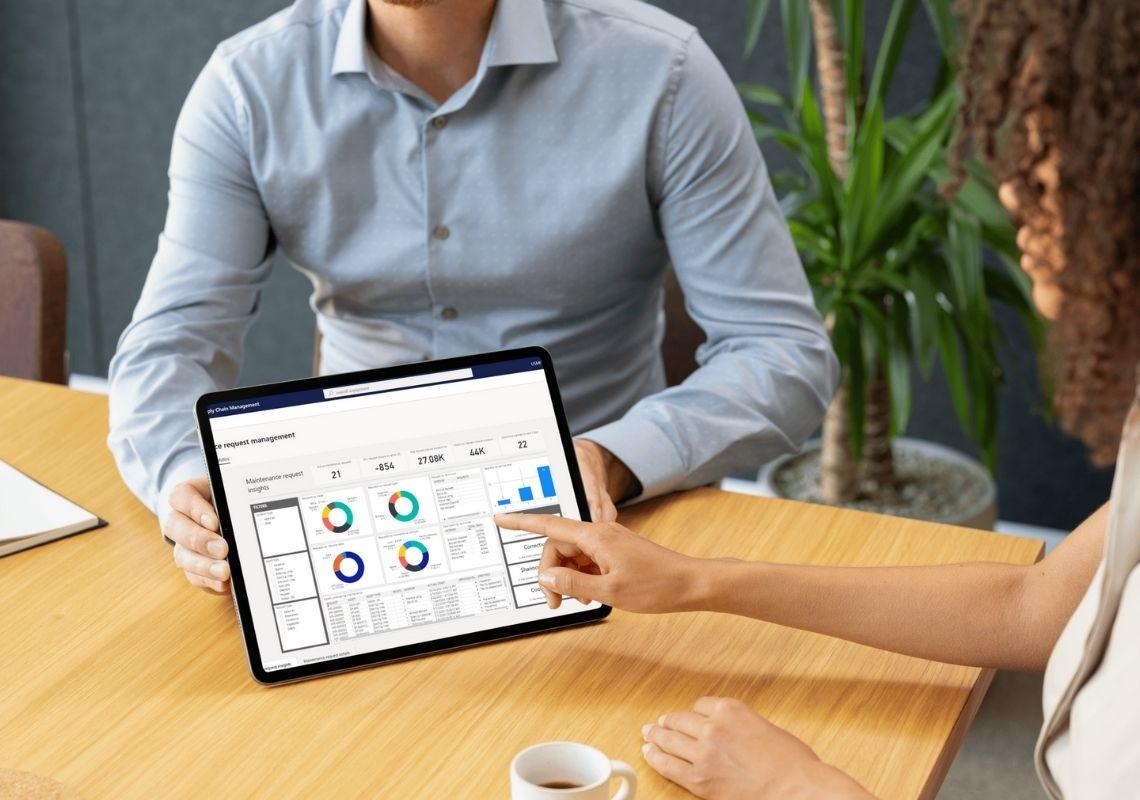Last Mile, First Priority: Innovative Logistics Solutions You Can’t Ignore

In the world of logistics, the last mile—the final step of delivering goods to the customer—has always been the most challenging and expensive part of the supply chain. Despite accounting for only a small fraction of the total journey, it can make up 28-53% of total delivery costs (McKinsey). With e-commerce booming and consumer expectations rising, businesses can no longer afford to treat the last mile as an afterthought.
Today, innovative technologies and strategies are reshaping last-mile logistics, making it faster, cheaper, and more sustainable. From drones and autonomous vehicles to AI-powered route optimization and micro-fulfillment centers, companies are leveraging cutting-edge solutions to stay competitive.
This article explores the biggest challenges in last-mile delivery and the most impactful innovations that businesses should adopt—or risk falling behind.
Why the Last Mile is the Biggest Challenge in Logistics
1. High Costs
The last mile is disproportionately expensive due to factors like:
-
Labor costs (drivers, delivery personnel)
-
Fuel and vehicle maintenance
-
Failed deliveries (missed recipients leading to reattempts)
-
Traffic congestion increasing delivery times
2. Rising Consumer Expectations
Customers now demand:
-
Same-day or next-day delivery (Amazon Prime has set a high bar)
-
Real-time tracking
-
Flexible delivery options (pickup points, time slots)
3. Urbanization & Traffic Congestion
With more people living in cities, traffic jams and parking restrictions make last-mile deliveries slower and more complex.
4. Sustainability Concerns
Traditional delivery methods contribute to carbon emissions, pushing companies to adopt greener alternatives.
5 Innovative Last-Mile Logistics Solutions You Can’t Ignore
1. Drone & Autonomous Vehicle Deliveries
Companies Leading the Way: Amazon Prime Air, Wing (Alphabet), UPS Flight Forward
Drones and self-driving delivery vehicles are no longer futuristic concepts—they’re being tested and deployed in real-world scenarios. Logistics Transportation Management
-
Drones can bypass traffic, delivering small packages in under 30 minutes.
-
Autonomous ground robots (like Starship Technologies’ bots) handle local deliveries in urban areas.
-
Self-driving vans (Nuro, Waymo) are being piloted for larger shipments.
Benefits:
✔ Faster deliveries
✔ Lower labor costs
✔ Reduced carbon footprint
2. AI & Machine Learning for Route Optimization
Companies Using AI: FedEx, DHL, Uber Freight
Artificial Intelligence helps logistics companies:
-
Predict traffic patterns to avoid delays
-
Optimize delivery routes in real-time
-
Dynamically adjust schedules based on weather or road conditions
Example: UPS uses its ORION (On-Road Integrated Optimization and Navigation) system to save $300–$400 million annually by reducing unnecessary miles.
3. Micro-Fulfillment & Dark Stores
Companies Innovating Here: Walmart, Ocado, Amazon Fresh
Instead of relying solely on massive warehouses, businesses are setting up:
-
Micro-fulfillment centers (MFCs)—small, automated warehouses in urban areas
-
Dark stores—retail spaces converted into local fulfillment hubs
Benefits:
✔ Faster order processing
✔ Reduced last-mile distance
✔ Better inventory management
4. Crowdsourced & Gig Economy Deliveries
Platforms Leading the Trend: Uber Eats, DoorDash, Postmates, Instacart
Instead of maintaining a full fleet, companies tap into:
-
Gig workers (Uber drivers, bike couriers)
-
Crowdsourced delivery networks (local shoppers delivering packages)
Benefits:
✔ Scalability during peak demand
✔ Lower fixed costs
✔ Faster hyperlocal deliveries
5. Sustainable Last-Mile Solutions
Green Initiatives by: DHL, FedEx, Amazon’s Electric Vans
To reduce emissions, companies are adopting:
-
Electric delivery vans & bikes
-
Bicycle couriers in dense cities
-
Carbon-neutral delivery options (DHL’s GoGreen program)
Example: Amazon has ordered 100,000 electric delivery vans from Rivian to achieve net-zero carbon by 2040.
The Future of Last-Mile Delivery
As technology evolves, we can expect:
-
More autonomous deliveries (drones and robots becoming mainstream)
-
Hyper-personalization (AI predicting when and where customers want deliveries)
-
Blockchain for transparency (secure, tamper-proof delivery tracking)
-
Smart lockers & pickup stations reducing missed deliveries
Conclusion: Last Mile Can No Longer Be an Afterthought
The last mile is no longer just a logistical hurdle—it’s a competitive differentiator. Companies that invest in AI, automation, and sustainable delivery models will lead the market, while those sticking to traditional methods risk losing customers.
From drones and robots to AI-driven logistics, the future of last-mile delivery is already here. The question is: Is your business ready?
Final Thought: In the race for faster, cheaper, and greener deliveries, innovation isn’t optional—it’s essential. The last mile should always be the first priority
- Art
- Causes
- Crafts
- Dance
- Drinks
- Film
- Fitness
- Food
- الألعاب
- Gardening
- Health
- الرئيسية
- Literature
- Music
- Networking
- أخرى
- Party
- Religion
- Shopping
- Sports
- Theater
- Wellness
